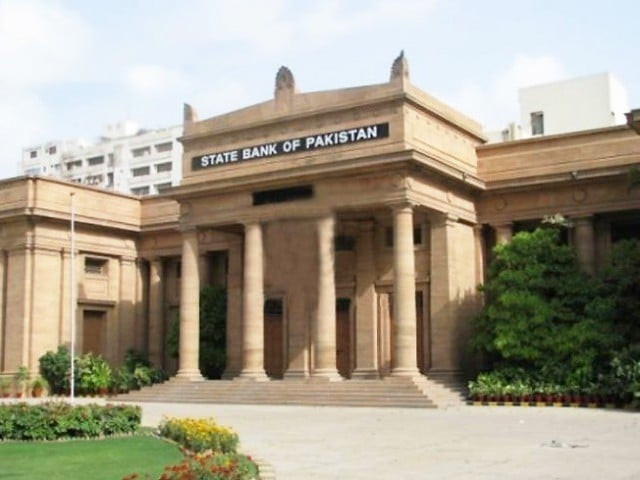
Marking the lowest level in 11 years, the weighted average banking spread stood at 5.56% in 2015.
The banking spread, which is the difference between average lending and deposit rates, shrank by 43 basis points on a year-on-year basis, according to the State Bank of Pakistan (SBP).
The year-on-year fall in the average lending rate was sharper than the corresponding drop in the average deposit rate in 2015, SBP data shows.
World Bank report warns Pakistan of ‘substantial’ fiscal risks
According to JS Global Capital research analyst Amreen Soorani, the average lending rate decreased 142 basis points to stand at 9.63% last year. The decline in the average deposit rate was 99 basis points, as it equalled 5.99% for 2015.

The banking spread has mostly been shrinking for more than a year in the wake of accommodative monetary policy adopted by the SBP. The central bank has reduced the benchmark interest rate consistently since 2014, as it currently stands at a historic low of 6%.
Shrinking spreads result in decreased banks’ earnings because customers receive higher interest on deposits but pay a smaller interest on their loans. Banks generally respond to such a scenario by investing more in riskless government securities that offer guaranteed returns.
As for December, the banking spread came down to 5.19% as opposed to 5.28% recorded in the preceding month. “The fall in the weighted average lending rate was the prime factor for the (month-on-month) compression,” said Hamza Kamal, banking analyst at Shajar Capital. The weighted average lending rate decreased 11 basis points month-on-month to 8.67% in December. The weighted average deposit rate dropped one basis point to 3.48% in the month, SBP data shows.
Interest rates on loans are reset on a quarterly basis whereas deposits are re-priced immediately after the change in the benchmark interest rate.
The banking spread on gross disbursements and fresh deposits - also called the fresh spread - clocked up at 2.7% in December, down from 3.29% in November. The reason for the sharp fall in the fresh spread is the increased cost of new deposits, which shot up by 55 basis points to 4.58% last month.
Most analysts believe the monetary easing cycle has bottomed out and that the benchmark interest rate will not go down any more. The view is also supported by the analysts who believe the upcoming monetary policy announcement will entail no change in the benchmark interest rate.
Banks pursued a conservative policy for the most part of 2015 when it came to lending to the private sector.
Moody's changes Pakistan's banking system outlook to 'stable'
Kamal said the low interest rate environment has not been able to stimulate the private-sector demand for fixed capital financing.
With interest rates bottoming out, an improvement in the corporate-sector demand for financing may be expected, as financial close of a number of projects is likely in the current year, Kamal said.
Published in The Express Tribune, January 26th, 2016.
Like Business on Facebook, follow @TribuneBiz on Twitter to stay informed and join in the conversation.



















COMMENTS
Comments are moderated and generally will be posted if they are on-topic and not abusive.
For more information, please see our Comments FAQ